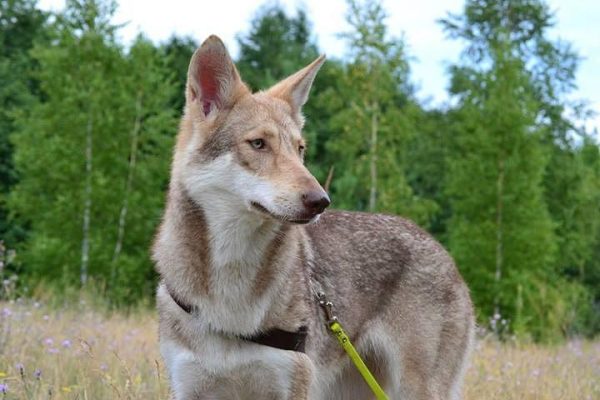Czechoslovakian Wolfdog
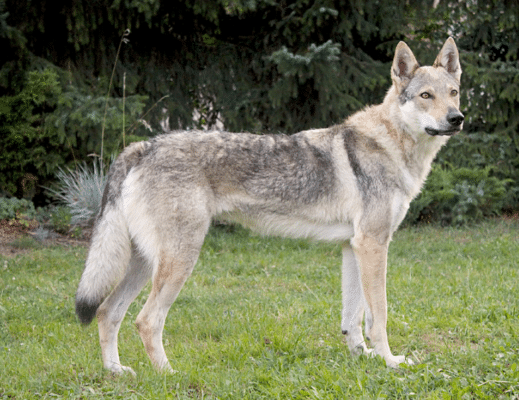
Maintaining their instinctive behavior as in a pack, they tend to socialize with other dogs, forming hierarchies. Similar to wolves in the wild. Interestingly, the Czechoslovakian Wolfdog does not tend to bark; instead, it relies on its wolf-like vocalizations such as whining and howling.
Table of Contents
Breed Information
| Another Name | Czechoslovak Vlcak |
| Origin | Czechoslovakia |
| Height | Males 65-70 cm Females 60-68 cm |
| Weight | Males 26 kg Females 20 kg |
| Fur | Thick, straight, with a dense undercoat |
| Color | Slate gray, silver-gray, gray |
| Lifespan | 13-16 years |
| FCI Classification | Sheepdogs and Cattledogs (except Swiss Cattledogs) |
| Group | Guard dogs |
| Price | From $400 |
Breed Photos
Origin History
The Czechoslovakian Wolfdog was the result of an experiment to breed real wolves with German shepherds. Before this experiment, scientists were not sure whether dogs and wolves could be generated. In 1955, four Carpathian wolves (named Argo, Brita, Leidy, and Saric) were crossed with different German shepherds. Incredibly, the offspring proved to be prolific and were bred in the Czechoslovak complex for a decade.
The resulting wolf-dog hybrids were physically more like wolves. They were much more challenging to train than domesticated German shepherds. Despite this, hybrid dogs were widely used by Czechoslovakia in the armed forces and police, even border dogs. Despite the tremendous effort required to train these dogs, their popularity remained high because of their health and general abilities.
In 1982, the breed was approved by the Czechoslovak Dog Breed Club and became the national breed of Czechoslovakia. Their international popularity increased by the end of the twentieth century.
The Czechoslovakian Wolfdog is resilient, especially in cold climates. Interestingly, this breed leads a somewhat nocturnal lifestyle, as does the wolf. But only if it has a choice.
Appearance
The Czechoslovakian Wolfdog, almost indistinguishable from the Carpathian wolf. It is a powerful and athletic breed with a muscular body and a thick coat. Females and males can easily be distinguished from each other by their size. Females should be at least 60 cm, while males should be no smaller than 65 cm. Females weigh more than 20 kg, and males weigh more than 25 kg.
The head of the male is more extensive and broader than that of the female. Both sexes have a much longer muzzle than the skull and end in a black oval nose. Their ears are straight and triangular, and their eyes are light brown or amber. They have a large and flat torso, and their back should be slightly curved. Their legs are straight and muscular. Their plush and fluffy tail is usually kept pointing downward.
Their wool is incredibly thick and luxurious during the winter months. In summer, it becomes shorter and thinner. The color of the coat can be yellow-gray or silver-gray. The coat has a lighter color on the lower part of the neck and chest, and they have a lighter complexion.
Character
Maintaining their instinctive behavior as in a pack, they tend to socialize with other dogs, forming hierarchies. Similar to wolves in the wild. Interestingly, the Czechoslovakian Wolfdog does not tend to bark; instead, it relies on its wolf-like vocalizations such as whining and howling.
Independent and confident, these dogs do not actively seek human interaction or attention. Despite this, they can live near families and often show loyalty to their owners. Because of their instincts and strength, they are not suited for homes with children or other animals. Nevertheless, they enjoy being in the company of dogs similar to them. It is recommended that at least two pups be kept together for company.
Very early, intensive socialization is crucial. It is how the Czechoslovakian Wolfdog will be able to exist around people and other animals. These dogs make fantastic watchdogs. They will be able to warn the owner of danger in their territory quickly.
Care
This dog does not require much care. Regular brushing should be enough to keep its coat in good condition. Bathing is rarely required. Keep in mind that it can shed a lot at certain times of the year.
Training
Although widely used in the military and police, this breed is notoriously difficult to train. Consistent training will get the most out of this dog. Often it will completely ignore commands if it gets bored with a particular task. Treats and other rewards are usually necessary to encourage the Czechoslovakian Wolfdog to action.
Naturally, this dog owner must hold the position of “pack leader” and always maintain dominance. The Czechoslovakian Wolfdog treats his authority well and will show respect and loyalty to the trainer.
Common Diseases
The Czechoslovakian Wolfdog is susceptible to far fewer diseases than the breed from which it originated (the German Shepherd Dog). It can live disease-free. Given their origins, it is not surprising that they sometimes suffer from hip dysplasia.
Nutrition
Very much likes to eat well. The diet must be balanced and varied. It should be fed with meat and high-quality food. It is also necessary to add vitamin complexes to the diet.
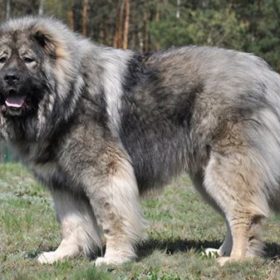 Caucasian Shepherd Dog
Caucasian Shepherd Dog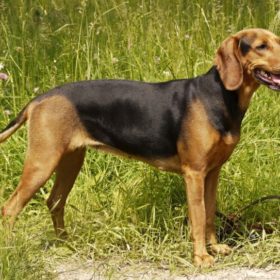 Serbian Hound
Serbian Hound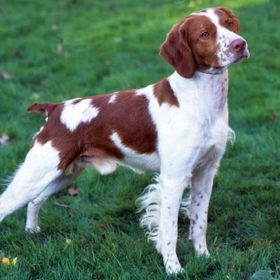 Brittany
Brittany Kishu
Kishu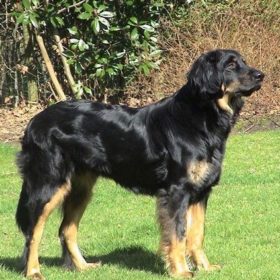 Hovawart
Hovawart Pražský Krysařík
Pražský Krysařík
